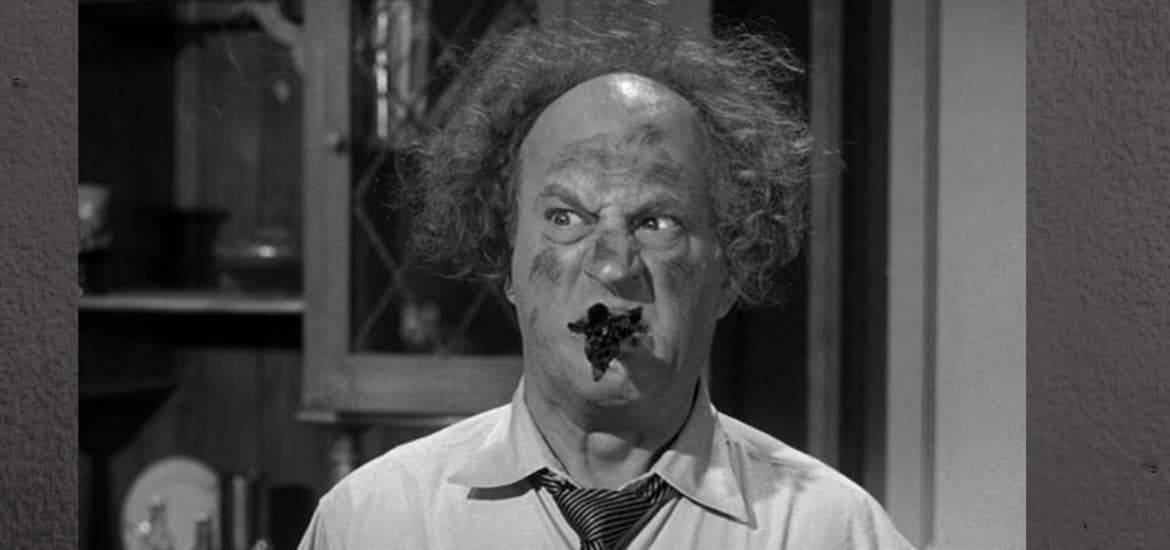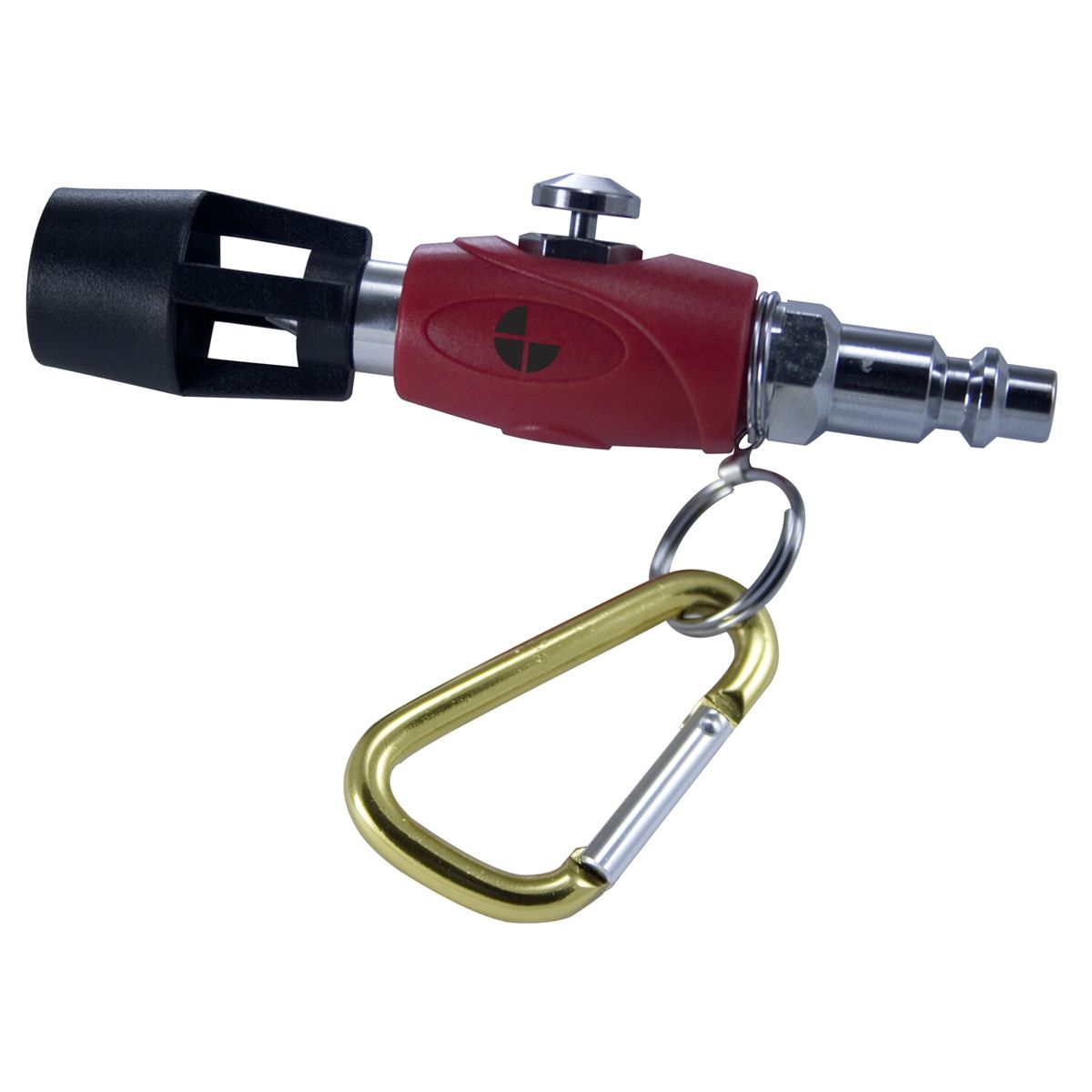Introduction
Blow-by, a dreaded term in the automotive world, occurs when combustion gases leak past the piston rings and enter the crankcase. This common issue in aging or poorly maintained engines can have severe consequences if left unchecked. This comprehensive guide will delve into the nitty-gritty of blow-by, exploring its causes, symptoms, and the steps you can take to fix it.

Image: www.katherinewalden.com
Blow-by is not only a nuisance but can also be a harbinger of more significant engine problems, reducing power, efficiency, and fuel economy while emitting harmful pollutants into the atmosphere. Understanding the causes and symptoms of blow-by is the first step toward resolving this issue and ensuring the longevity of your engine.
Causes of Blow By
- Worn Piston Rings: They form a seal between the piston and the cylinder wall and are the primary defense against blow-by. With time or excessive wear, piston rings lose their effectiveness, leading to combustion gases leaking into the crankcase.
- Damaged Cylinder Walls: These surfaces provide the necessary smooth surface for the piston rings to seal against. Scratches, gouges, or a loss of roundness can compromise this seal, allowing blow-by.
- Excessive Combustion Chamber Pressure: Higher-than-normal combustion chamber pressure, often caused by turbocharging or engine tuning, puts extra stress on piston rings, potentially leading to blow-by.
- Poorly Maintained PCV System: The positive crankcase ventilation (PCV) system is responsible for recycling crankcase gases back into the intake manifold. A faulty PCV valve or blocked lines can lead to excessive pressure in the crankcase, forcing combustion gases past the piston rings.
- Engine Wear: Over time, engines accumulate wear and tear, which can manifest as reduced cylinder compression, leading to blow-by.
Symptoms of Blow By
- Blue Smoke from the Exhaust: When oil enters the combustion chamber through blow-by, it burns and produces a distinct bluish smoke from the exhaust, particularly noticeable during acceleration.
- Excessive Oil Consumption: Significant blow-by leads to increased oil consumption as oil is pushed into the crankcase and eventually burned.
- Rough Idle and Reduced Power: Blow-by can cause a rough idle due to uneven combustion. As gases leak past the piston rings, compression is reduced, resulting in reduced engine power and efficiency.
- Fouled Spark Plugs: Oil entering the combustion chamber from blow-by can foul the spark plugs, leading to misfiring and ignition problems.
- Increased Crankcase Pressure: As combustion gases escape into the crankcase, pressure builds up, potentially causing oil leaks, gasket damage, and reduced PCV system efficiency.
Fixing Blow By
Repairing blow-by requires addressing the underlying cause. Here are the steps to take:
- Check Piston Rings and Cylinder Walls: A mechanic will need to inspect the piston rings and cylinder walls for wear or damage. This involves removing the cylinder head and possibly the pistons.
- Engine Overhaul: If the piston rings or cylinder walls are significantly damaged, an engine overhaul may be necessary to replace these components and restore proper sealing.
- PCV System Service: A faulty PCV valve or blocked lines need to be replaced or cleaned to ensure proper crankcase ventilation.
- Reduce Combustion Chamber Pressure: If blow-by is due to high combustion chamber pressure, adjusting engine tuning or using a lower-boost setting on turbocharged engines may be necessary.
- Regular Maintenance: Regular oil changes and maintaining a clean air filter help prevent excessive engine wear and contribute to a longer engine life.

Image: www.toolsource.com
How To Fix Blow By
Conclusion
Blow-by is a common but resolvable issue in aging engines. Understanding its causes and symptoms and taking timely action can prevent further engine damage and extend its life. While DIY repairs are possible for experienced mechanics, it’s always advisable to consult a qualified mechanic for an accurate diagnosis and repair.
By following the steps outlined in this guide, you can effectively fix blow-by and restore your engine’s health. Remember, regular maintenance, quality parts, and professional repairs are key to a long-lasting, healthy engine.